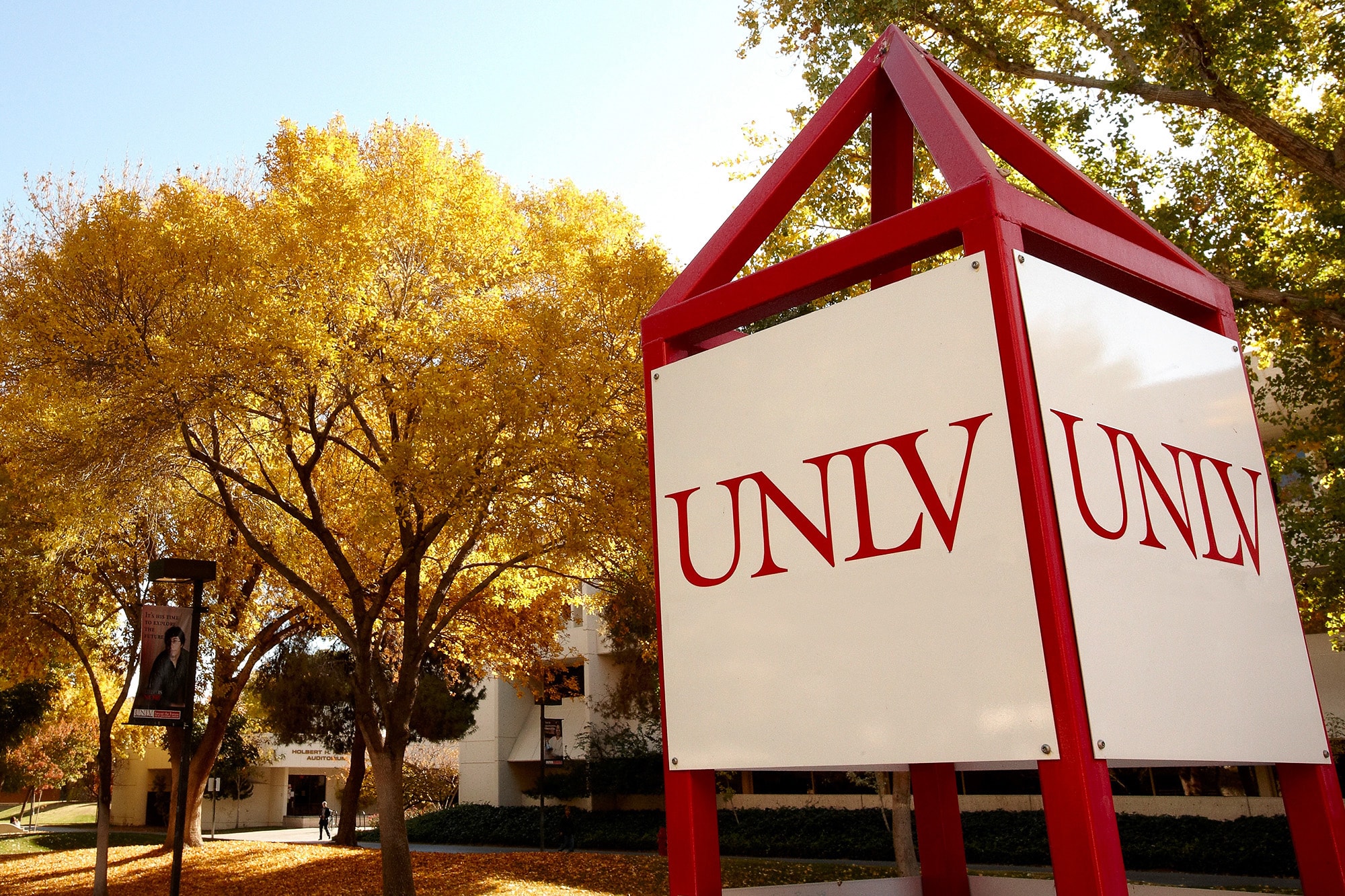To hear Jim Deacon tell it, he was not a visionary. He was just acting on the values he had acquired in graduate school.
It was 1960, and Deacon, fresh from a biology Ph.D. program at the University of Kansas, had just arrived at the small patch of desert on Maryland Parkway that was destined to become UNLV. The campus may not have been much to look at in those days, but it was an ideal spot for a young field biologist interested in conducting research on desert animals. Deacon couldn’t wait to get started on his research, and it wasn’t long before he had integrated it into his teaching.
“I was just expressing the values I’d learned in graduate school,” says Deacon, now emeritus distinguished professor of environmental sciences. “A scientist had to do research and publish. It was just that simple. It was necessary to build a credible university.”
It was just that simple. And, then again, it wasn’t.
In the earliest days of the Southern Regional Division of the University of Nevada, resources were scarce, and teaching, not research, was the priority. Emeritus professor of theatre arts Jerry Crawford, who arrived on campus in 1962 and later served as dean of faculty, saw the situation from an administrative perspective.
“The attitude toward research in the ’50s and ’60s was that it had very little applicability to our situation because we were engrossed in large teaching loads and the considerable efforts of trying to build a new campus — all the while struggling for emancipation from the north,” says Crawford, himself a playwright and advocate for research and creative activity through the years. “Only a few select professors had interest in research, let alone time to do any.”
Today, Deacon recognizes that his particular field research orientation helped bolster his scholarly productivity; he could literally step outside his door into the surrounding desert (or travel a short distance) to pursue his passion for acquiring knowledge. Had he been laboratory-bound, he concedes, his research might have suffered early on for lack of space or equipment. As it was, his trademark sunny enthusiasm for discovery, coupled with his belief that students learn best when participating in research, made him one of the longest-serving and popular researchers on campus. He retired in 2002 with 82 scholarly publications to his credit and has published four more since then.
Since the early days, research at UNLV has, of course, become a thriving and ubiquitous endeavor, considered critical to our institutional success and aspirations, and actively pursued in virtually all quarters of the campus. As Deacon notes, many of his colleagues — too many to list by name here — have been likewise committed to research and creative/scholarly activity through the years and can be credited with the steady improvement in UNLV’s academic reputation.
As we approach our institution’s 50th anniversary, however, we still have our challenges, several of which have not dramatically changed since Crawford’s days as dean of faculty: Resources are tight, teaching remains a high priority, and building the campus will be a critical concern as long as our surrounding community continues to grow at such an extraordinary rate. Thus, the need for research support remains with us. The volume of research being conducted on campus may have grown considerably, but the fundamental need to encourage its achievement has not changed since the days when Jim Deacon was catching rattlesnake specimens in the desert not far from his office door.
Thus, we introduce UNLV Fusion, and with it we applaud the work of the people behind the research, scholarship, and creative activity — then and now, and all along the way.
Suzan DiBella is director of communication for the Office of Research and Graduate Studies at UNLV.



